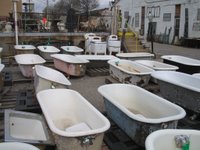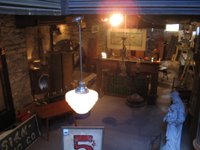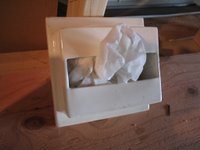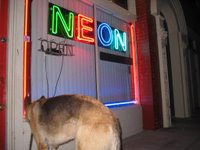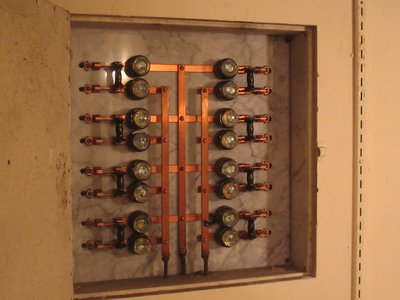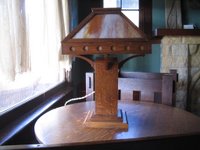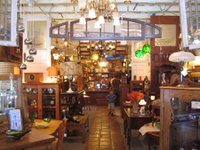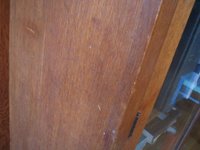Cruising, R.I.P.?
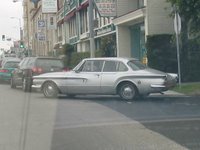
Driving around, I snap photos of most anything, signage, buildings, cars.
Particularly the cars my friends and I drove around in as teenagers in Oakland. None of my friends owned a new car, usually inheriting the family jalopy, hand-me-downs of a big brother or great uncle, oftentimes shared with another sibling, or a stay-at-home parent. For a time, I owned a 60's Volvo that had served as the high school auto shop project.
 On hot summer nights, we'd cruise the long, flat boulevards, like Grove--now named Martin Luther King or E. 14th--now named International--listening to local radio (KSOL) and the great West Coast funk/R&B bands of the era: Earth, Wind & Fire, War, Tower of Power, the Brothers Johnson.
On hot summer nights, we'd cruise the long, flat boulevards, like Grove--now named Martin Luther King or E. 14th--now named International--listening to local radio (KSOL) and the great West Coast funk/R&B bands of the era: Earth, Wind & Fire, War, Tower of Power, the Brothers Johnson.The plan, I think, was to meet girls, though I can't remember ever doing so. Usually we stopped for food, Mexican, or making our way to the Berkeley UC campus, pizza by the slice. There were all-night rib joints as well to frequent, on San Pablo Boulevard, where pimps and pro's would gather. We'd sit atop the hood or trunk, trying to look tough and yet at ease, as we sucked on fingers and bone. Grateful in the same way a nebbishy striver regards an invitation from the social elite. It never occurred to me that these were the sorts of places and the sorts of hours where and when people got shot. It seemed more likely that we'd just get beat-up.
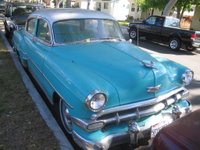 I don't know whether teenagers still cruise today, and in some places there are ordinances to limit repeat drive-bys. The last time I went to Old Town Alhambra (and Fosselman's), the lowriders were out, probably preparing to traffic the ceaseless thoroughfares of the San Gabriel Valley. Of course, Los Angeles has a long history of street racing.
I don't know whether teenagers still cruise today, and in some places there are ordinances to limit repeat drive-bys. The last time I went to Old Town Alhambra (and Fosselman's), the lowriders were out, probably preparing to traffic the ceaseless thoroughfares of the San Gabriel Valley. Of course, Los Angeles has a long history of street racing.But crusing...seems like you'd need a Prius and a hefty allowance to afford that sort of thing now.
Labels: cars



